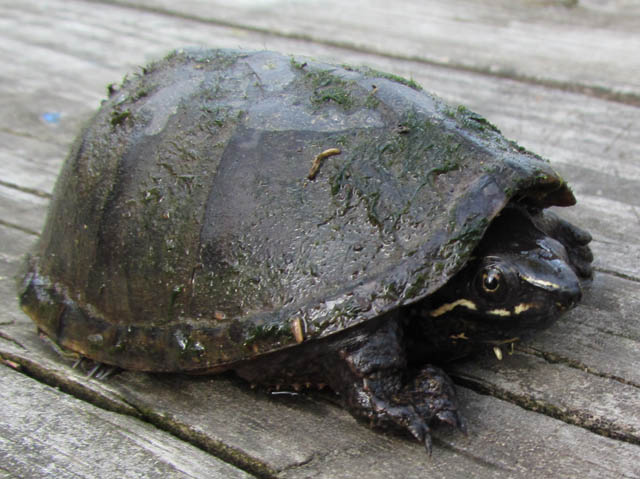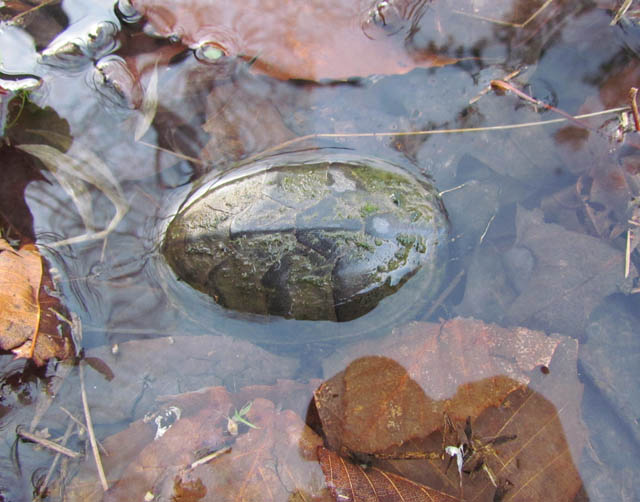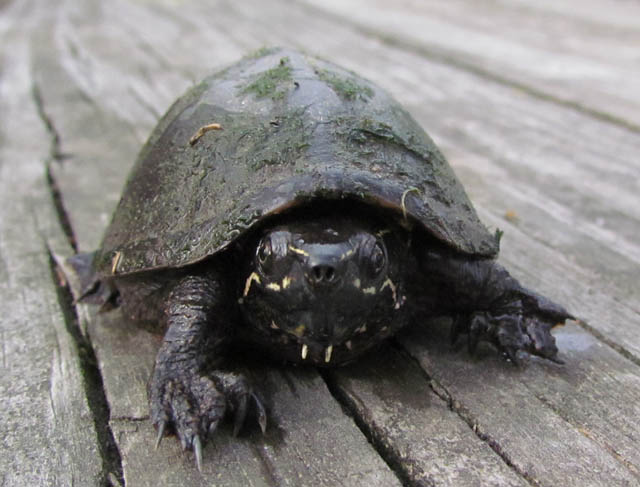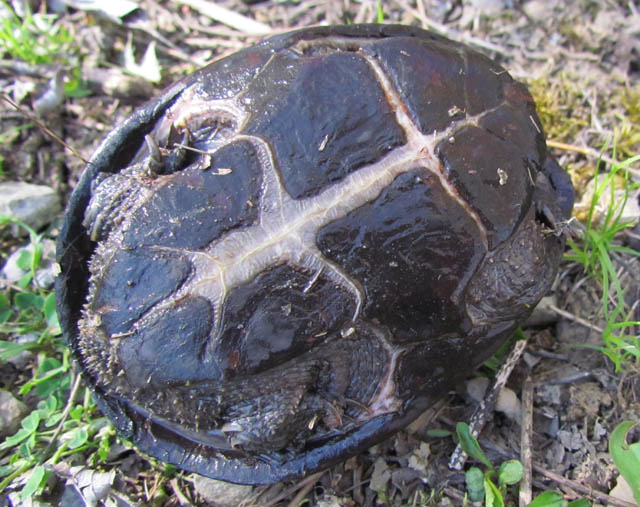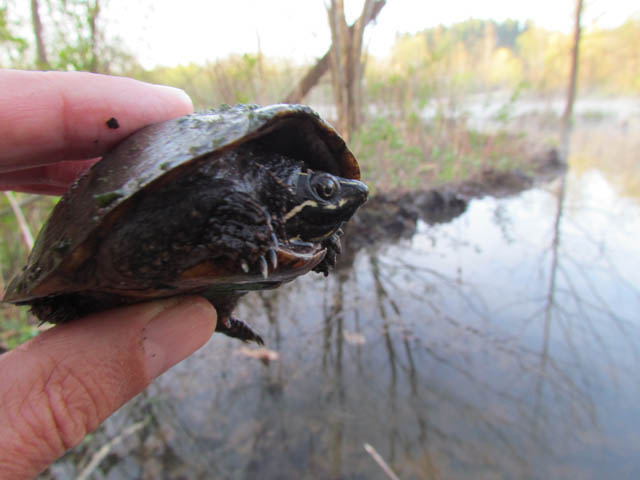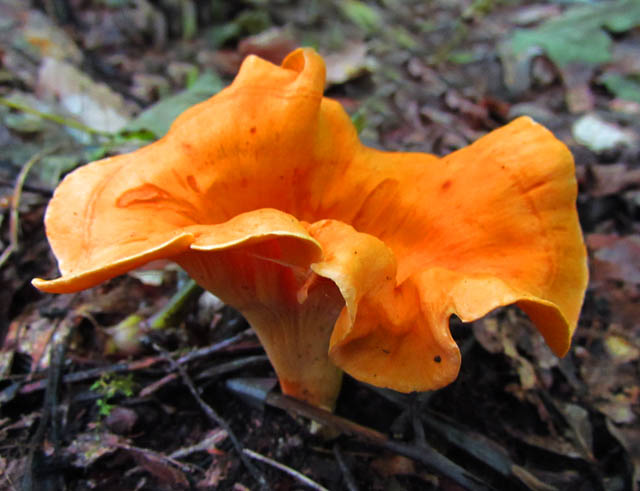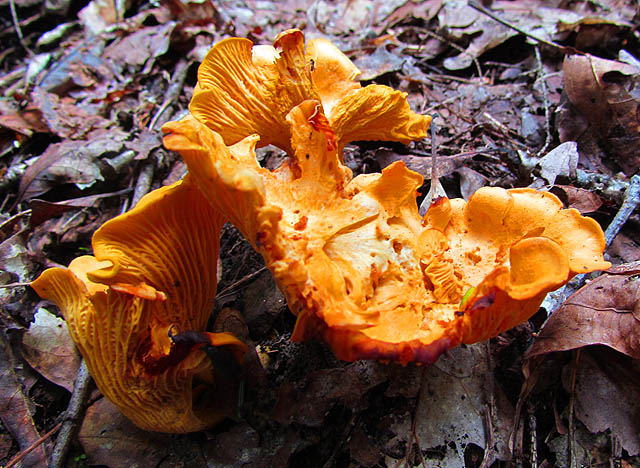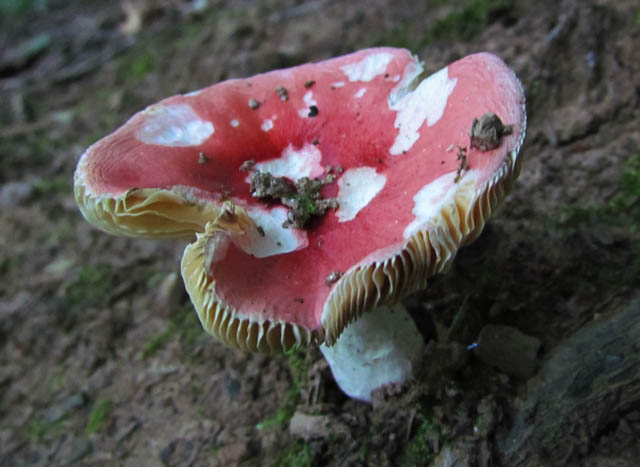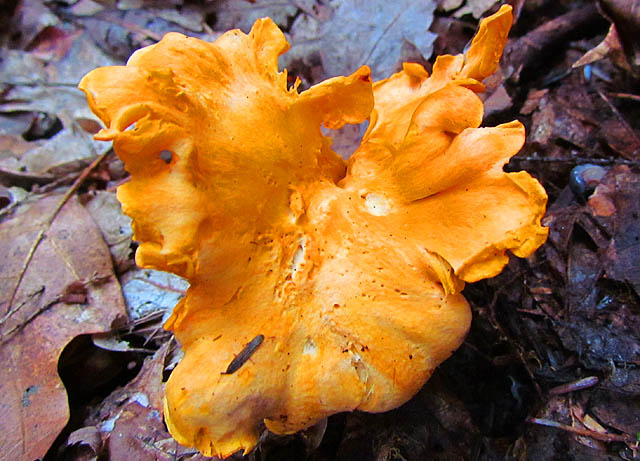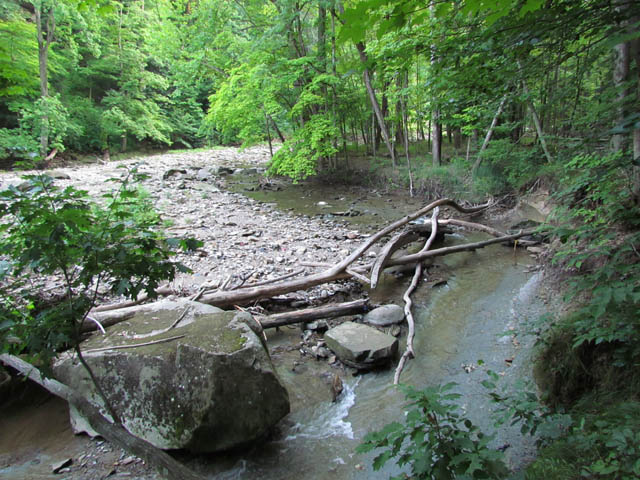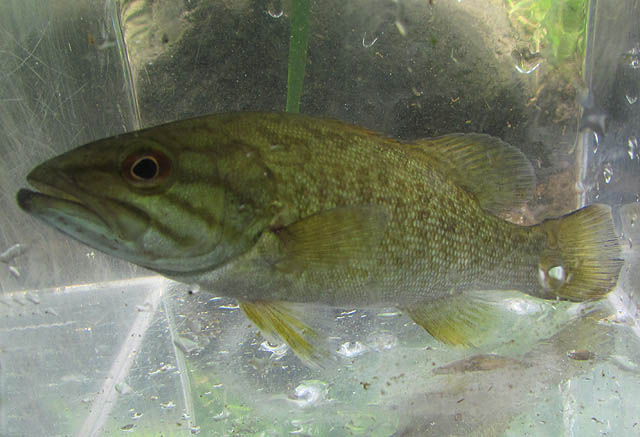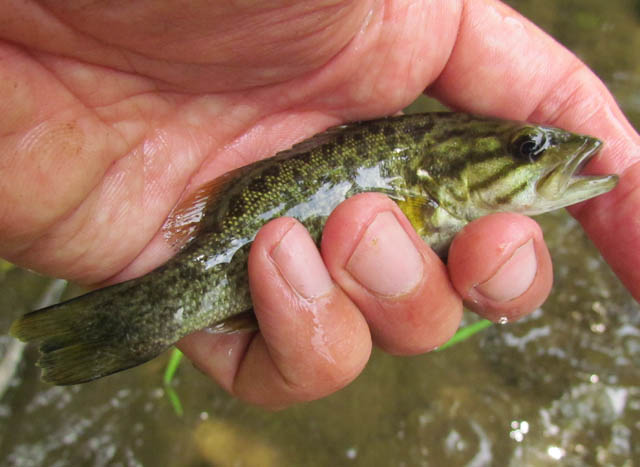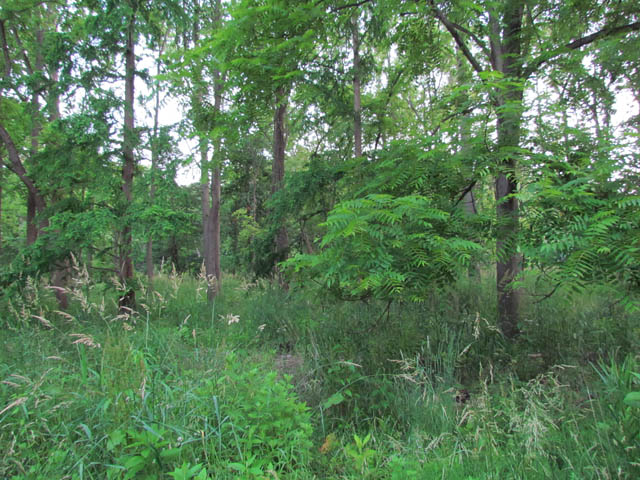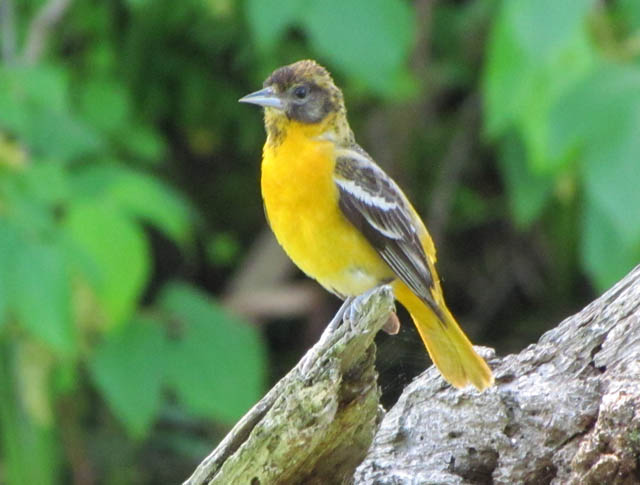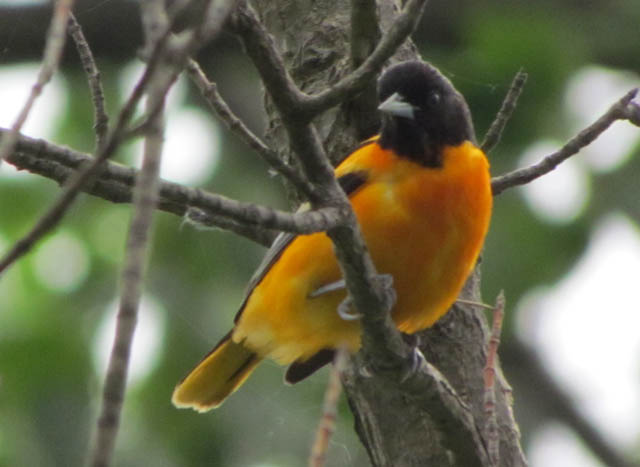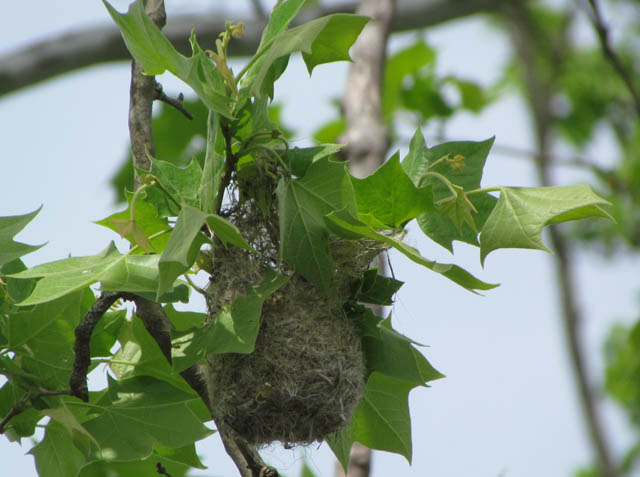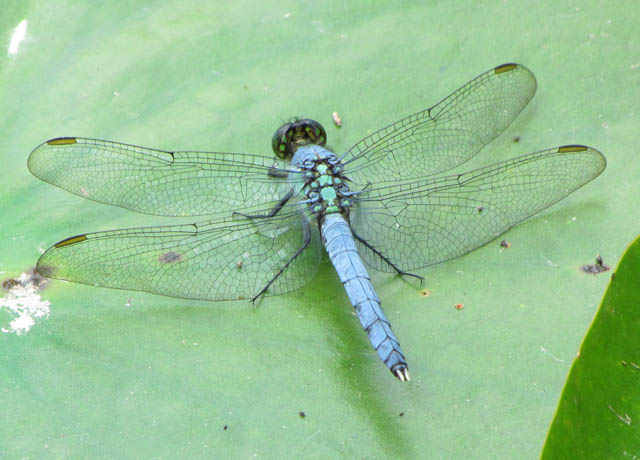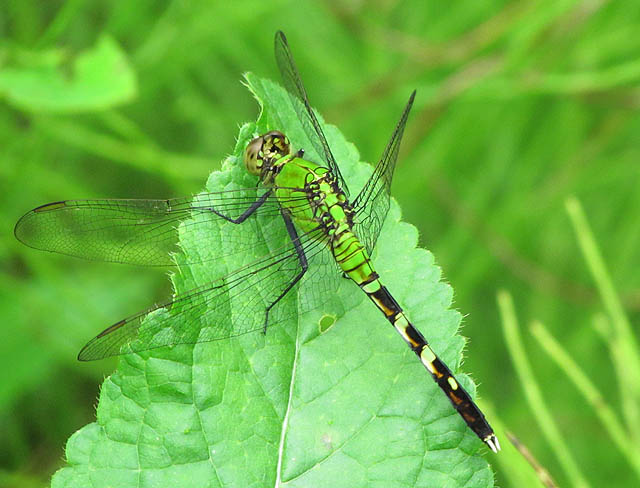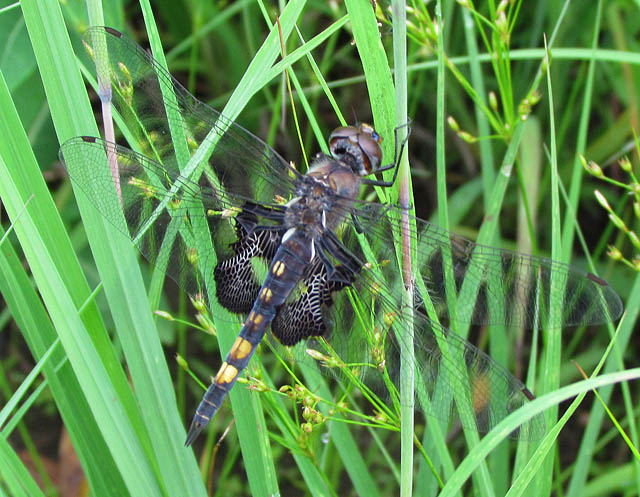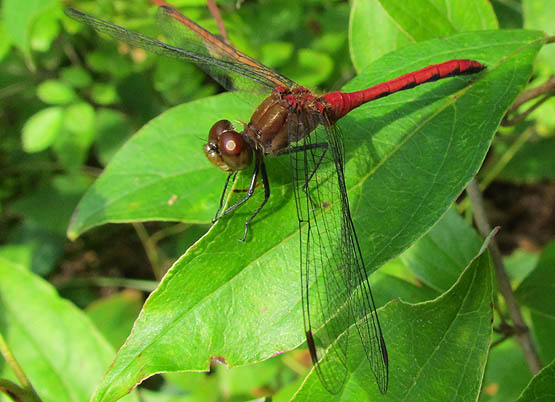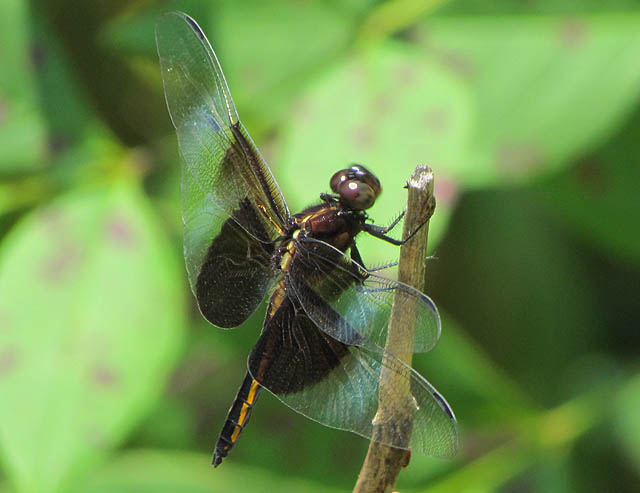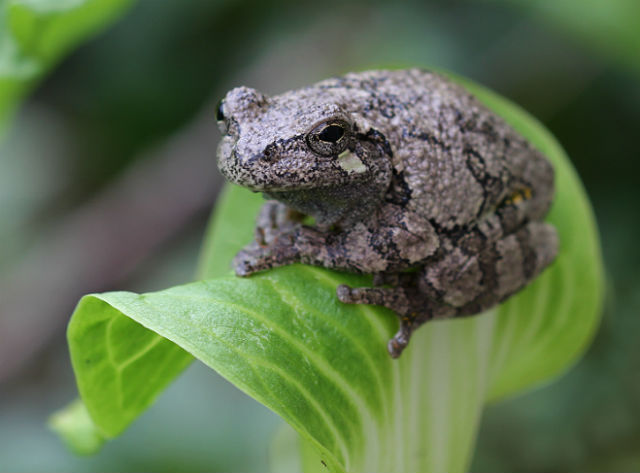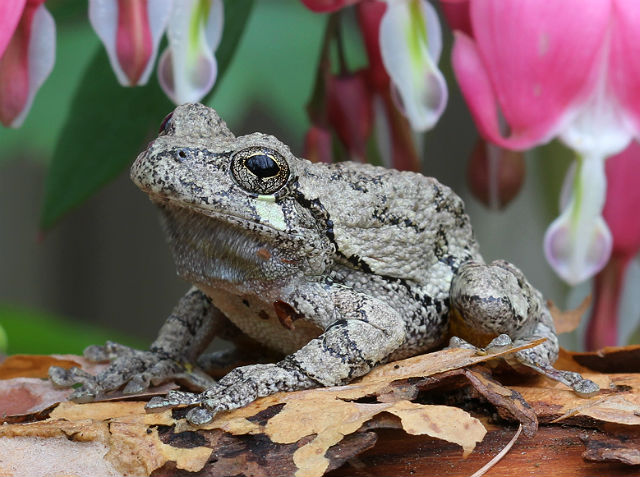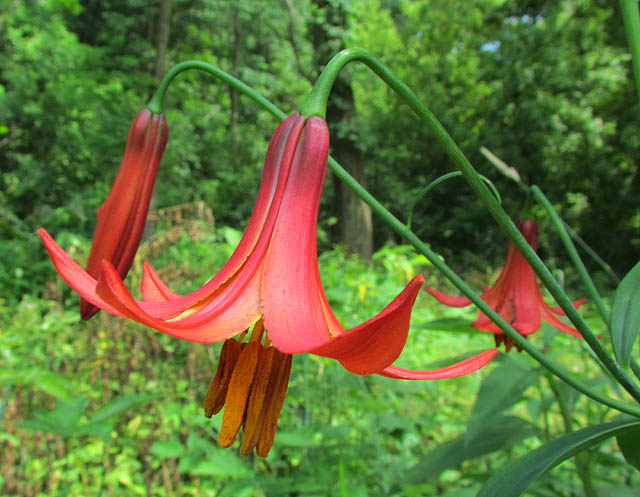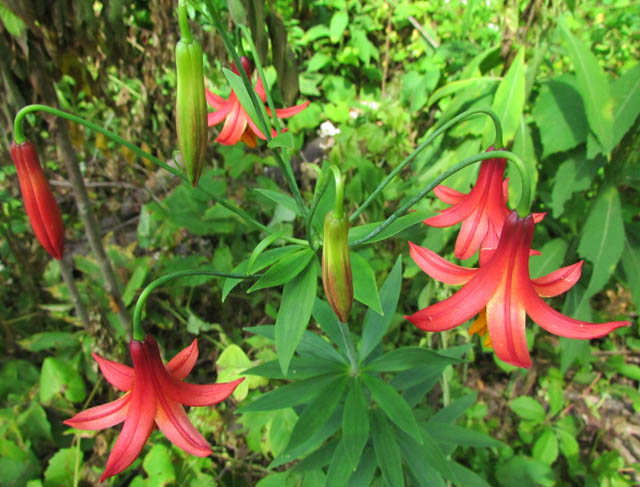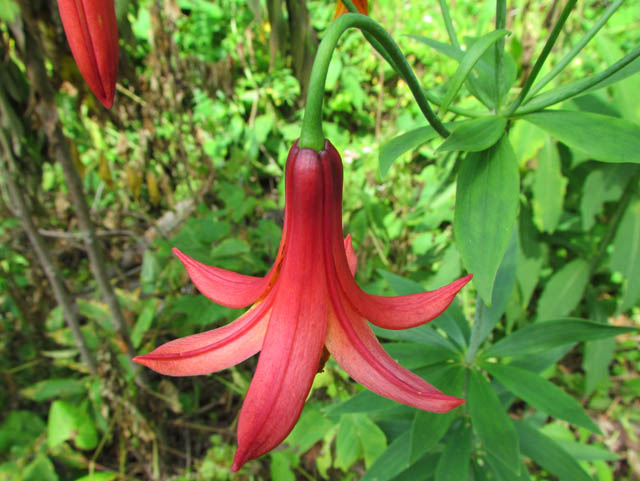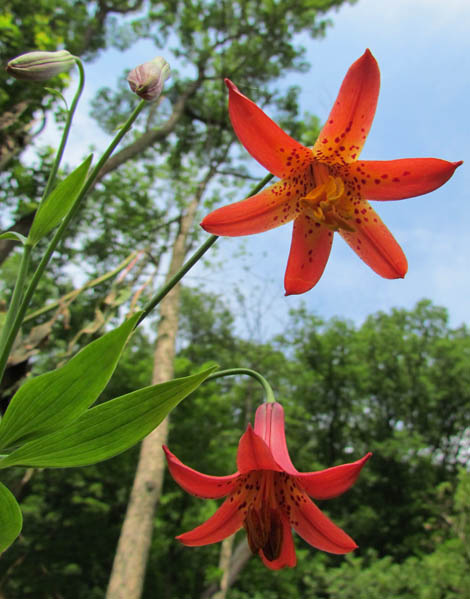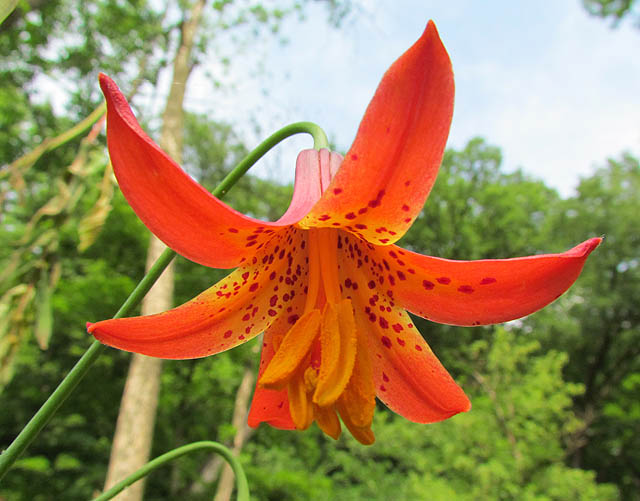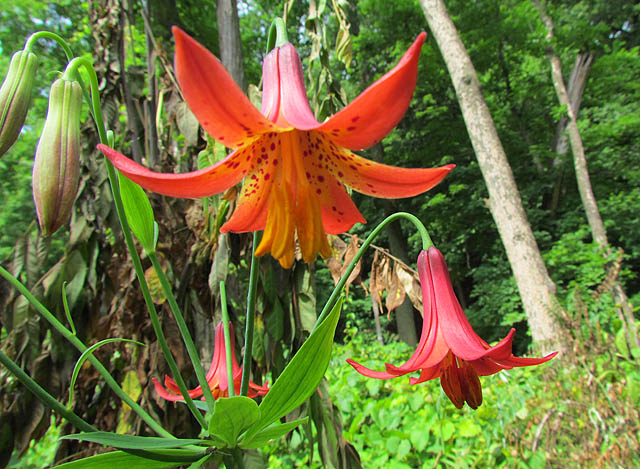
The Common Musk Turtle is a small (usually about 4 inches), tough turtle. It is Ohio’s smallest species and one of the world’s smallest turtles.
I’ve had the good fortune of coming across two of them so far this year. These reptiles have an oval, high-domed shell and a large head that usually has two yellowish stripes on each side.
This species is a weak swimmer that is often seen crawling on mud in quiet, shallow water; it is easy to mistake them for stones. There are barbels on both the chin and throat. Perhaps these assist the turtle as it probes the bottom of a stream or pond for food.
It eats a variety of food items, including seed pods, seeds, beetles, moths, dragonflies, crayfish, freshwater snails and other mollusks. It also eats algae, leeches, tadpoles, and fish.
Despite their size and being undeniably cute in appearance, Common Musk Turtles have cantankerous dispositions. They get their name from their ability to relase a bad smell if harassed. This “extra protection” is probably compensates for the reptiles’ small plastron (lower shell) which is reduced in size compared to most turtles and does not offer the armor of its relatives.
They occur throughout the eastern United States in a variety of aquatic habitats. There are regional names given to this creature such as Stinking Jim, Skillpot and Stinkpot. No matter what you call them, I always enjoy encountering these tough little turtles in the wild.

